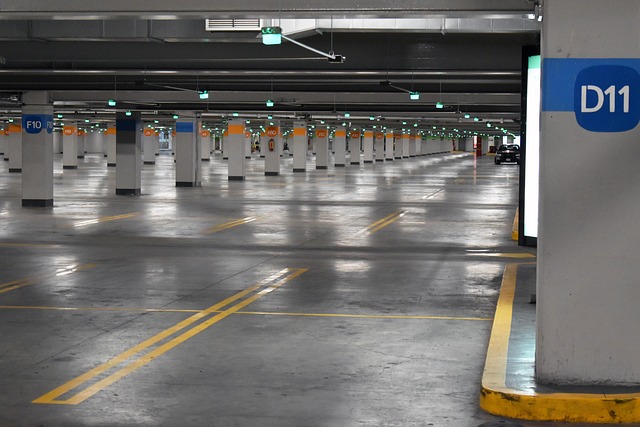
Installing a concrete sidewalk is a pivotal infrastructure project that provides a multitude of benefits ranging from enhancing pedestrian safety to improving the overall aesthetic of a community. The process of installing a concrete sidewalk involves several critical steps, beginning with site preparation, which includes clearing the installation area and ensuring a stable foundation. This is followed by formwork setup, where wooden or metal boundaries are defined to shape the concrete. The next stage involves mixing and pouring the concrete, a task that demands precision to ensure the mixture achieves the right consistency and strength. After pouring, the concrete must be expertly leveled and finished to create a smooth, durable surface. Furthermore, proper curing of the concrete is essential to maximize its longevity and performance. Each phase of the installation process requires careful planning and execution to address local environmental conditions, soil stability, and usage demands, making the construction of concrete sidewalks a complex yet rewarding endeavor.
Concrete Sidewalk Installation
Concrete sidewalk installation is a crucial aspect of urban development that enhances the safety, aesthetics, and accessibility of walking spaces in our communities. The process begins with thorough site preparation, which involves planning and laying out the path that the sidewalk will follow. It’s essential to consider any zoning laws and existing infrastructure during this stage. The site is then excavated to the required depth, typically about 4 inches, ensuring proper levels and slopes to facilitate drainage. Accurate excavation is key to preventing water pooling or uneven surfaces, which can lead to structural issues or safety hazards in the future.
Once the site is prepared, forms are constructed for shaping the edges of the sidewalk. These forms are usually made from wood or metal and are supported with stakes to keep them in place. The concrete mix, which is a mixture of cement, water, sand, and gravel or crushed stone, is then poured into these forms. It’s crucial to ensure that this mixture is properly mixed and poured to achieve a smooth, uniform surface. During the pouring process, concrete should be evenly distributed and leveled using a screeding tool, smoothing out the surface while also removing excess material. The surface is then finished with tools like trowels or brushes, depending on the desired texture and slip resistance.
After pouring and finishing, the concrete sidewalk must undergo a curing process to achieve optimal strength and durability. This entails maintaining adequate moisture content over a period of several days, which can be accomplished through methods such as covering the sidewalk with plastic sheeting or applying a curing compound. It’s important to allow sufficient time for curing before exposing the sidewalk to foot traffic or adverse weather conditions. Additionally, contraction joints are strategically placed at regular intervals to control cracking, accommodating natural expansion and contraction due to temperature changes. By following these meticulous steps, concrete sidewalks are constructed to withstand the test of time, providing long-lasting functionality and beauty to any outdoor space.